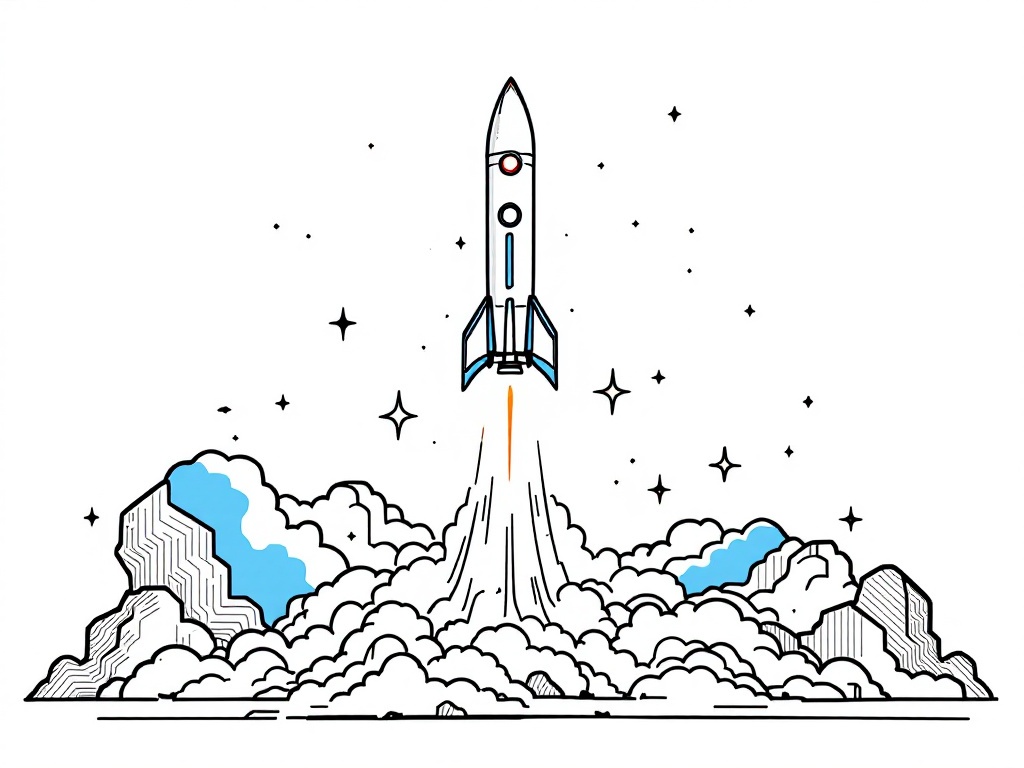SpaceX Advances with Starship 7 Launch Despite Setbacks

Boca Chica, Friday, 17 January 2025.
SpaceX attempts a major Starship 7 launch from Texas, featuring significant upgrades and the first Starlink deployment of 2025. However, the upper stage was lost post-launch.
Launch Details and Initial Success
On January 16, 2025, SpaceX launched its seventh Starship test flight from the Starbase facility in Boca Chica, Texas, at 5:38 p.m. EST [6]. The launch marked an important milestone as the first test of the new Block 2 variant, standing 123 meters tall and featuring a 25% increase in propellant volume [5]. The mission began promisingly with successful stage separation approximately four minutes into the flight [6].
Technical Challenges and Outcome
Despite initial success, the mission encountered difficulties when SpaceX lost contact with the upper stage of the spacecraft [2]. According to Elon Musk, preliminary investigations indicate that an oxygen/fuel leak in the cavity above the ship engine firewall led to excessive pressure buildup [2]. The Super Heavy booster, however, achieved a significant victory by successfully returning to its launchpad [2], demonstrating progress in SpaceX’s reusability goals [3].
Mission Objectives and Future Plans
The flight was intended to test several crucial upgrades, including the first-ever payload deployment test involving simulated Starlink satellites [1]. Despite this setback, SpaceX maintains an ambitious goal of conducting 25 launches in 2025 [3]. The company remains optimistic, with improved versions of both ship and booster already prepared for the next launch, which Musk suggests could occur as early as next month [2].
Broader Impact and Industry Context
This launch coincided with significant developments in the commercial space sector, including Blue Origin’s successful New Glenn rocket launch [5]. The Starship program continues to play a crucial role in NASA’s Artemis program as one of two selected landing systems for crewed lunar missions [3]. Despite the setback, SpaceX’s iterative testing approach continues to provide valuable data for improving the spacecraft’s reliability and performance [2].